A bomb explosion in India’s holy city of Varanasi on Tuesday left a toddler dead and a few dozen of people injured during Ganga aarti, a nightly Hindu ritual, the Times of India reported.
The accident caused a stampede among pilgrims leading to more injures, according to the report.
The blast occurred in the evening as a few thousands worshippers were gathered at one of the concrete bathing platforms, called Prayag ghat.
Varanasi, the holiest place in the world for Hindus, sits on banks of the River Ganges in the Indian province of Uttar Pradesh. It draws a constant stream of devotees and tourists year round.
The officials said that the bomb explosion might be a terrorist act, and the state was being put on high alert, reported the Hindustan Times.
The report also said that the Indian Muhajideen, a banned terrorist organization, had claimed responsibility by sending a letter to the Indian press, but the authorities did not confirm that information and were not aware if the claim was credible or not.
The accident caused a stampede among pilgrims leading to more injures, according to the report.
The blast occurred in the evening as a few thousands worshippers were gathered at one of the concrete bathing platforms, called Prayag ghat.
Varanasi, the holiest place in the world for Hindus, sits on banks of the River Ganges in the Indian province of Uttar Pradesh. It draws a constant stream of devotees and tourists year round.
The officials said that the bomb explosion might be a terrorist act, and the state was being put on high alert, reported the Hindustan Times.
The report also said that the Indian Muhajideen, a banned terrorist organization, had claimed responsibility by sending a letter to the Indian press, but the authorities did not confirm that information and were not aware if the claim was credible or not.
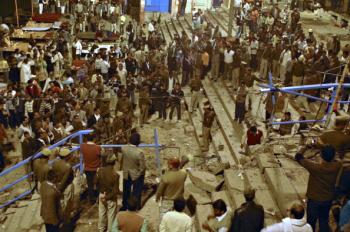
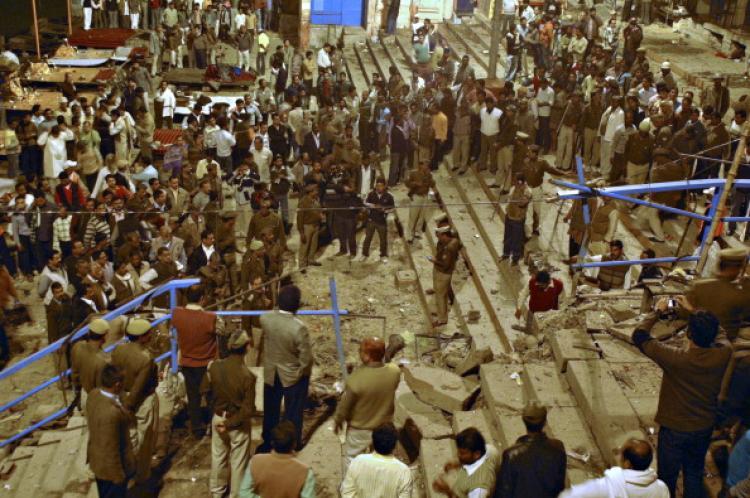
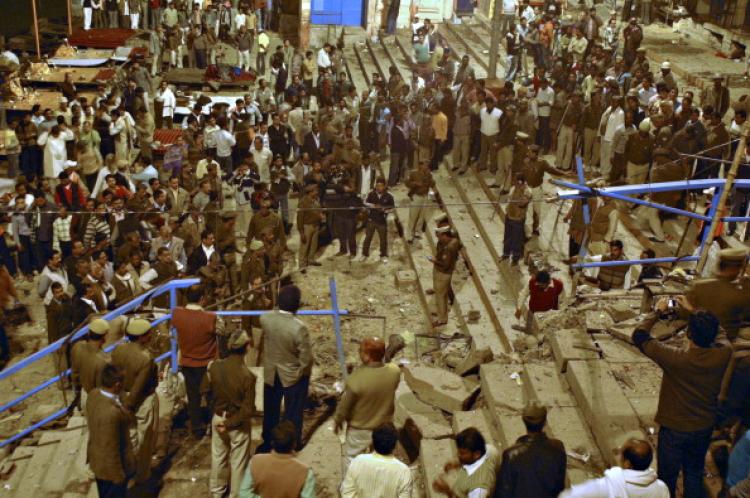
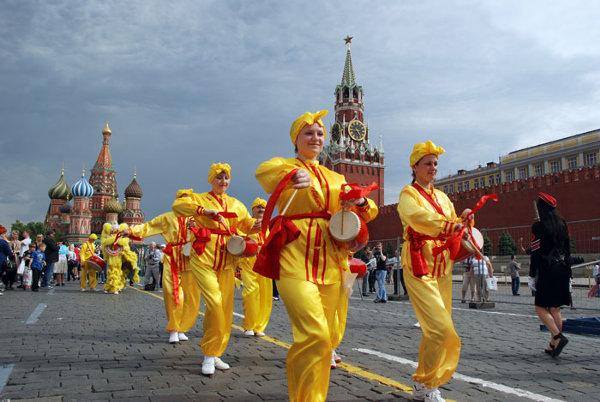
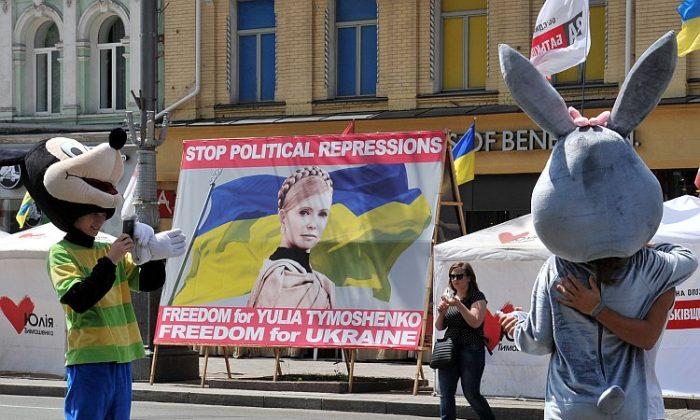
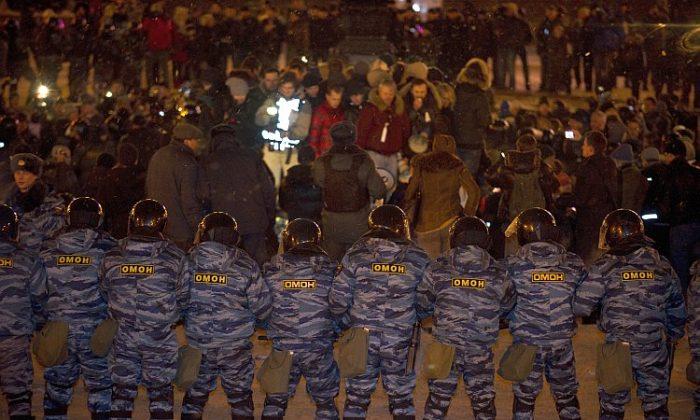
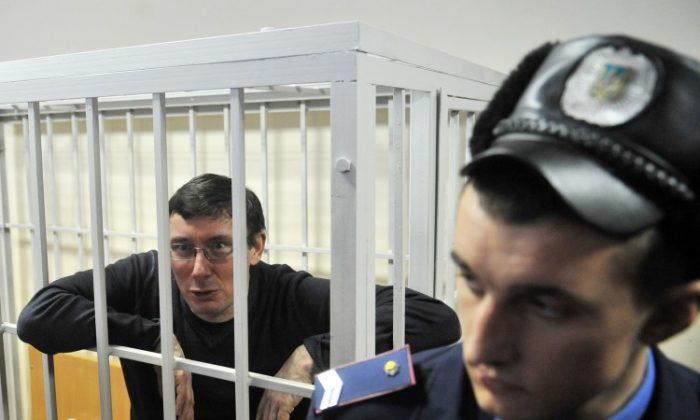
Friends Read Free